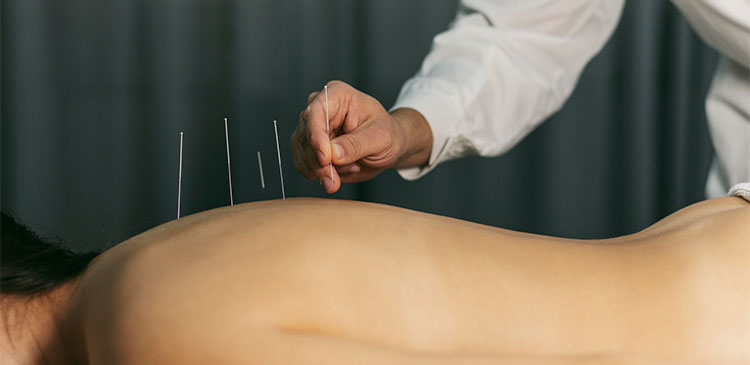Chronic Pelvic Pain & Myofascial Release Therapy: How It Can Help!

Most of us know what it’s like to pull a muscle, have tight shoulders, or have injured ourself, knocking our body out of whack. When this happens, we turn to our favorite PT or massage therapist for hands-on relief and a muscle retune.
So, why is it such a surprise when our pelvic floor muscles also end up dysfunctional and in pain? Well, our pelvic floor is easy to forget about. Unlike other muscle groups, like our abdominals and hamstrings located just under our skin and fat tissues, our pelvic floor is concealed inside us.
Soft tissue massage is not just for aching back muscles. Myofascial release therapy is an excellent treatment option for chronic pelvic pain (CPP) and improving pelvic muscle function!
What is Chronic Pelvic Pain?
Pelvic pain that lasts longer than six months is considered chronic. It comes in many forms, and sometimes you may not even be aware that your hip or lower back pain is related to your pelvic structures.

Pelvic pain can be:
- Experienced around your belly, lower back, hips, or even the bowel or bladder.
- Isolated to one area or widespread.
- Consistent, or come and go.
- Associated with specific activities, such as intercourse, peeing, or exercising.
- Dull and heavy, sharp and intense, burning, stabbing, knotted or twisty feelings, crampy, throbbing, and more!
What Causes Chronic Pelvic Pain?
Our pelvis is an amazing but complex structure, so figuring out the direct cause of pelvic pain isn’t always straightforward. The pelvis contains many muscles in multiple layers, supported by ligaments and meshes of fascia. These soft tissue networks do a lot of work: they help with essential bodily functions, supporting the pelvic organs, core stability, and giving birth.
Consequently, many things can directly or indirectly cause chronic pelvic pain, such as:
- Childbirth and pregnancy
- Stress and anxiety
- Physical injury or trauma, including exercise
- Medical conditions such as UTIs, endometriosis, STDs, ovarian cysts, pelvic inflammatory disease, constipation, IBS, and more…
Research has indicated that because CPP is often associated with a medical condition, managing muscle pain is rarely fully considered as part of a treatment protocol. However, because certain conditions contribute to tight and dysfunctional pelvic floor muscles, myofascial release therapy can not only provide pain relief but may help with overall symptoms.
Myofascial Release Therapy For Pelvic Pain
‘Myo’ means muscles, and ‘fascia’ is the connective tissue that encases muscles, muscle groups, and other structures in the body.
Myofascial release therapy works by assessing areas of tension in your body and using manual manipulation to release the fascia. Because fascia is an interwoven and continuous structure throughout the body, a particular area of tension may stem from one place and refer pain elsewhere.
Myofascial release therapy is effective for chronic pelvic pain because the soft tissues in our pelvic structures are prone to holding patterns, which means we can end up with tight, shortened, but weak muscles. Or, after childbirth or prolapse, our pelvic floor may become lax and struggle to engage effectively. Myofascial release therapy not only improves overall soft tissue function in terms of range of motion and stability—i.e., helping the pelvic floor relax and engage in effective and healthy patterns but it is great for pain management.
What Does Myofascial Release and Manual Therapy for Pelvic Pain Involve?
After your initial assessment, if your pelvic health specialist decides manual therapy could be helpful, they will use a series of soft tissue release techniques on internal and external pelvic structures and possibly your lower back, abdomen, and hips. These techniques help relax areas of unwanted tension and improve blood flow, which helps with inflammation and tissue repair. Although you might be aware of tender spots, you shouldn’t feel pain or tense up. Ultimately, you should feel a sense of release and soft tissue relaxation. In time, this will help restore more functional movement of the targeted tissues.
If your practitioner thinks it’s helpful, they may use dry needling too. A series of tiny acupuncture needles are inserted into specific trigger points. Although there aren’t any widespread studies on needling’s efficacy for CPP and other pelvic floor conditions, some patient case studies have shown it to be a highly effective treatment option for CPP and pelvic disorders.
As a Women’s Health PT, I believe in using all the tools and approaches available to help manage and eliminate CPP and related conditions, be that myofascial release or yoga therapy.
If you have long-term pelvic pain, make an appointment today!
–
Author: Sylvie Le, DPT, PYTC
